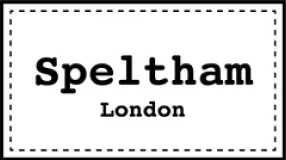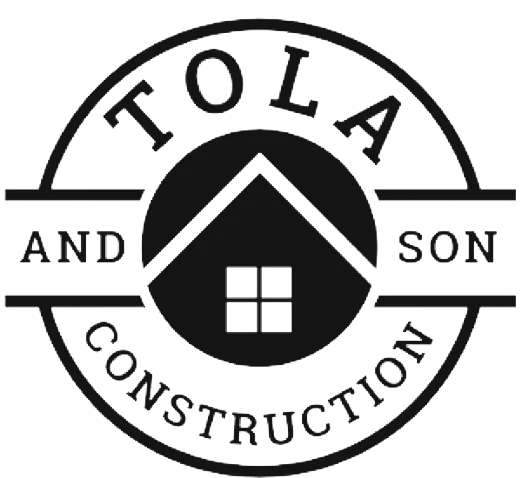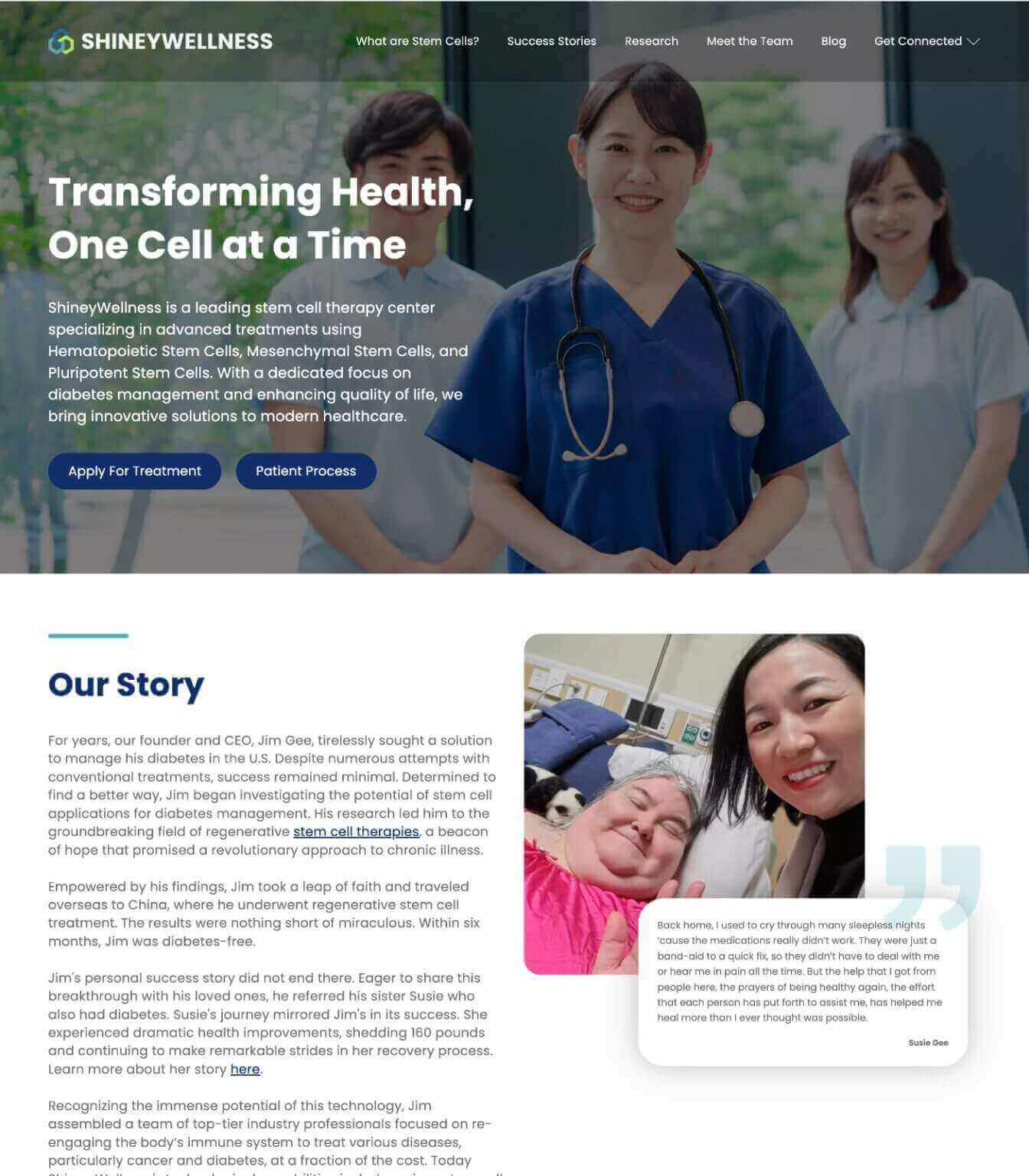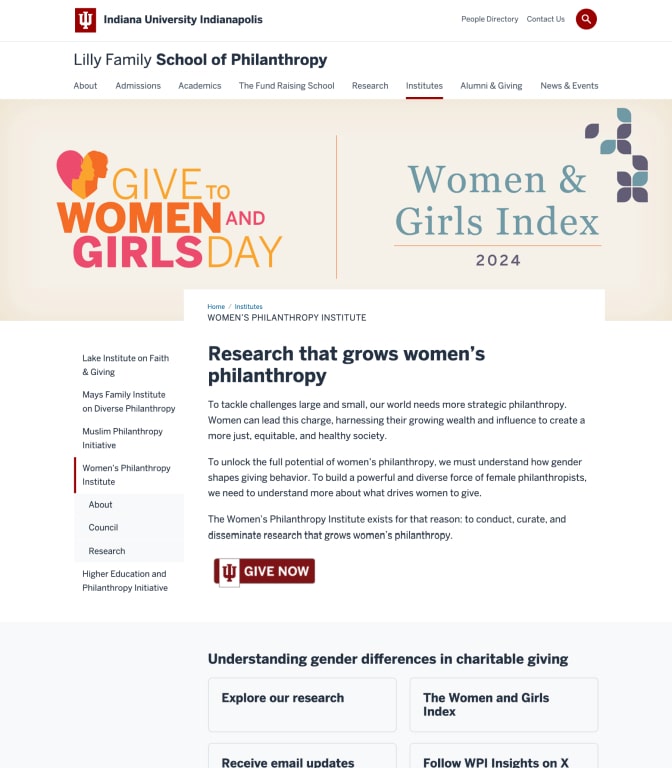In the ever-evolving digital landscape, businesses are constantly looking for the best ways to engage their audience and drive conversions. Two of the most effective strategies are content marketing and advertising, but understanding their distinctions and how they complement each other is crucial for success. This article will explore the difference between content marketing and advertising, highlight the role of content marketing and native advertising, and clarify the difference between content marketing and native advertising while also addressing how native advertising and content marketing can work together to amplify brand awareness.
What is Content Marketing?
Content marketing is a long-term strategy focused on creating and distributing valuable, relevant, and consistent content to attract and retain a clearly defined audience. Instead of directly promoting a brand, content marketing aims to educate, inform, and entertain users, ultimately leading them to take action organically.

Examples of Content Marketing:
- Blog posts and articles
- Infographics
- Podcasts
- E-books and whitepapers
- Social media content
- Video marketing
What is Advertising?
Advertising is a paid strategy that aims to promote a product, service, or brand directly to potential customers. Unlike content marketing, which focuses on organic engagement, advertising delivers targeted messages through paid channels such as Google Ads, social media ads, TV commercials, and billboards.
Examples of Advertising:
- Pay-per-click (PPC) ads
- Display banners
- Television and radio commercials
- Social media ads
- Sponsored content
Difference Between Content Marketing and Advertising
| Feature | Content Marketing | Advertising |
| Cost | Generally lower long-term costs | Requires ongoing investment |
| Lifespan | Long-lasting content that continues to drive traffic | Stops generating traffic once the budget runs out |
| Engagement | Builds trust and relationships | Immediate but transactional engagement |
| Goal | Educate, inform, and build brand authority | Drive immediate conversions and sales |
While advertising generates quick results, content marketing builds trust and fosters long-term engagement, making it a valuable asset for businesses looking to establish authority in their industry.
Understanding Content Marketing and Native Advertising
Native advertising and content marketing are often confused, but they serve distinct purposes. Native advertising is a form of paid media that blends seamlessly into the platform where it appears, mimicking the format of organic content. In contrast, content marketing is an unpaid, organic strategy that aims to provide long-term value.

Examples of Native Advertising:
- Sponsored articles on news websites
- Promoted posts on social media
- Paid recommendations on content discovery networks (e.g., Outbrain, Taboola)
Difference Between Content Marketing and Native Advertising
| Feature | Content Marketing | Native Advertising |
| Placement | Hosted on owned platforms (e.g., blogs, websites) | Appears on third-party platforms |
| Cost | Organic, minimal costs for creation | Paid media strategy |
| User Perception | Non-promotional, educational | Branded but integrated content |
Content marketing is about building an audience and delivering value, while native advertising is a way to amplify content reach through paid placements that look natural within a platform.
What Are the Advantages of Content Advertising?
Content advertising has several benefits, including:
- Higher Engagement: Since content advertising promotes valuable and relevant content, audiences are more likely to engage with it.
- Better Brand Awareness: Well-crafted content advertising campaigns can improve brand perception and recognition.
- SEO Benefits: Unlike traditional ads, content advertising can support search engine rankings by generating backlinks and traffic.
- Increased Conversions: Educating potential customers through content can lead to higher conversion rates over time.
What Are the Disadvantages of Content Advertising?
Despite its advantages, content advertising also has some drawbacks:
- Requires a High-Quality Content Strategy: Content advertising only works if the promoted content is genuinely valuable and well-targeted.
- Slower ROI Compared to Traditional Advertising: While content advertising can drive engagement, it often takes longer to see direct sales results.
- Ongoing Costs: Unlike organic content marketing, content advertising requires a continuous budget to maintain visibility as per wordstream.
How Native Advertising and Content Marketing Work Together
Despite their differences, native advertising and content marketing are not mutually exclusive. In fact, they can be used together for a powerful marketing strategy. Businesses often create high-quality content and then use native advertising to distribute it to a broader audience. This combination ensures that content reaches the right people while maintaining an organic feel.
Benefits of Integrating Native Advertising and Content Marketing:
- Increased Visibility: Native ads push content to a larger audience.
- Higher Engagement: Users are more likely to engage with content that blends naturally into their experience.
- Improved Brand Authority: Content marketing builds credibility, while native ads accelerate reach.
Why Choose Rank Today for Content Marketing?
Rank Today stands out as a leading content marketing agency due to its expertise in crafting high-quality, SEO-optimized content that drives measurable results. As we have
- Expertise in High-Quality Content – Crafting engaging, SEO-optimized content that delivers measurable results.
- SEO-Driven Strategy – Ensuring higher search engine rankings for increased visibility and traffic.
- Experienced Team – Skilled writers, strategists, and SEO specialists dedicated to your success.
- Tailored Content Solutions – Customized strategies for blogs, social media, whitepapers, and more.
- Audience Engagement & Conversion – Content designed to attract, engage, and convert visitors into loyal customers.
- Maximized ROI – Focused on delivering content that supports business growth and profitability.
Conclusion: Choosing the Right Strategy for Your Brand
Both content marketing and advertising have their unique benefits, and the most effective approach depends on your goals. If you seek immediate results, advertising is the way to go. However, for long-term brand building and audience engagement, content marketing is a must. When combined strategically with native advertising, content marketing can achieve maximum impact, ensuring both visibility and credibility for your brand.
Understanding the difference between content marketing and advertising and how content marketing and native advertising complement each other will help businesses craft a well-rounded digital marketing strategy. By leveraging the difference between content marketing and native advertising, companies can drive sustainable growth and establish a strong online presence.




















